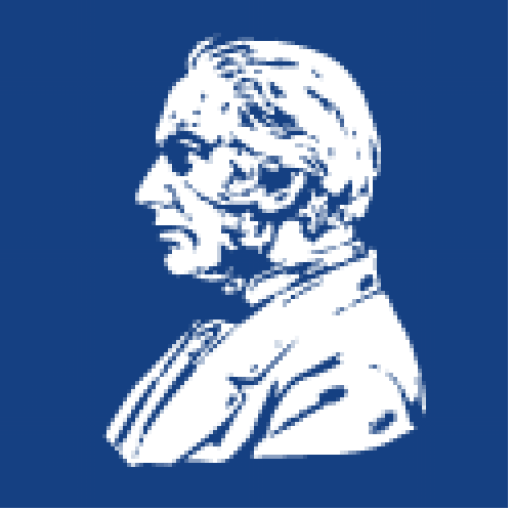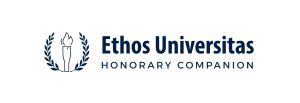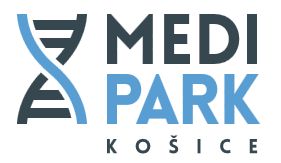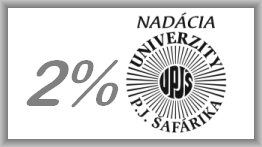At the Institute of Geography of the Faculty of Science of the Pavol Jozef Šafárik University in Košice, from July 15 to July 18, 2019, a summer school focused on mapping and modeling the dynamics of the landscape in high spatial resolution takes place. Its main task is to acquire skills in collecting and processing data obtained by aerial laser scanning (lidar). This remote sensing technology allows you to capture and model the phenomena and changes in the country in high spatial resolution at a few centimeters. 28 participants from Slovakia and the Czech Republic, PhD students, Master’s degree students, lecturers, as well as companies and institutions working in the field of remote sensing and digital geographic data processing will visit the Summer School.
Teaching geography and geoinformatics at UPJŠ in Košice focuses on laser scanning, both land and air. A unique experience of summer school participants will be on Tuesday, July 16, 2019 between 10:00-12:00 at the field airport in Mirkovce, a demonstration of flight by unmanned Scout B1-100 helicopter, and data collection by the Riegl VUX-1 lidar system, which the university acquired as part of building the University Scientific Technicom co-financed by the European Union structural funds. The data obtained by this aircraft system will be trained by participants and compared with other data, e.g. 3D models from photogrammetric images.
The importance of lidar data for Slovakia is increasing, as it is precisely in the period 2018-2021 that our country is being scanned by the lidar, coordinated by the Geodetic and Cartographic Institute of the Slovak Republic. The main advantage of the method is the ability to capture the structure of trees and the terrain below. After the mapping process, Slovakia will have full coverage of the territory with billions of three-dimensional measurements of terrain, buildings and forests, with the spacing of the dots in decimeters and the accuracy of the measurements in centimeters. Thanks to the detailed data, state, municipal and commercial institutions will be able to more accurately estimate the risk of flooding, landslides, calculate the photovoltaic potential of cities, determine the total height of trees and other vegetation and thus determine the amount of biomass in the country.
Summer school lecturing is provided by invited guests from abroad as part of the project “Internationalization, Interdisciplinarity and Innovation of Higher Education at UPJŠ” and ERASMUS +. Professor Helena Mitášová from the University of North Carolina (USA), who is a leading figure in the field of natural phenomenon modeling in the geographic information system and promoter of open-source code, accepted the invitation. Her lecture deals with the modeling of a dynamic, constantly changing landscape, its expression by 3D and 4D visualization methods. The theme will be presented not only in a virtual but also tangible way through the Tangible landscape system, which has been developing itself for a long time. The Institute of Geography, Faculty of Science, UPJŠ, in cooperation with it, has put it together and presented it several times at the Researchers’ Night in Košice or the Open Door Day at UPJŠ in Košice.
In particular, laser scanning is used today to capture the high-resolution landscape and its digital modeling. This technology generates a large amount of data, which Dr. Martin Isenburg from Germany – founder of rapidlasso GmbH and the main developer of the LAStools software, which greatly simplifies and accelerates the work with massive lidar data and summer school participants will use it.















